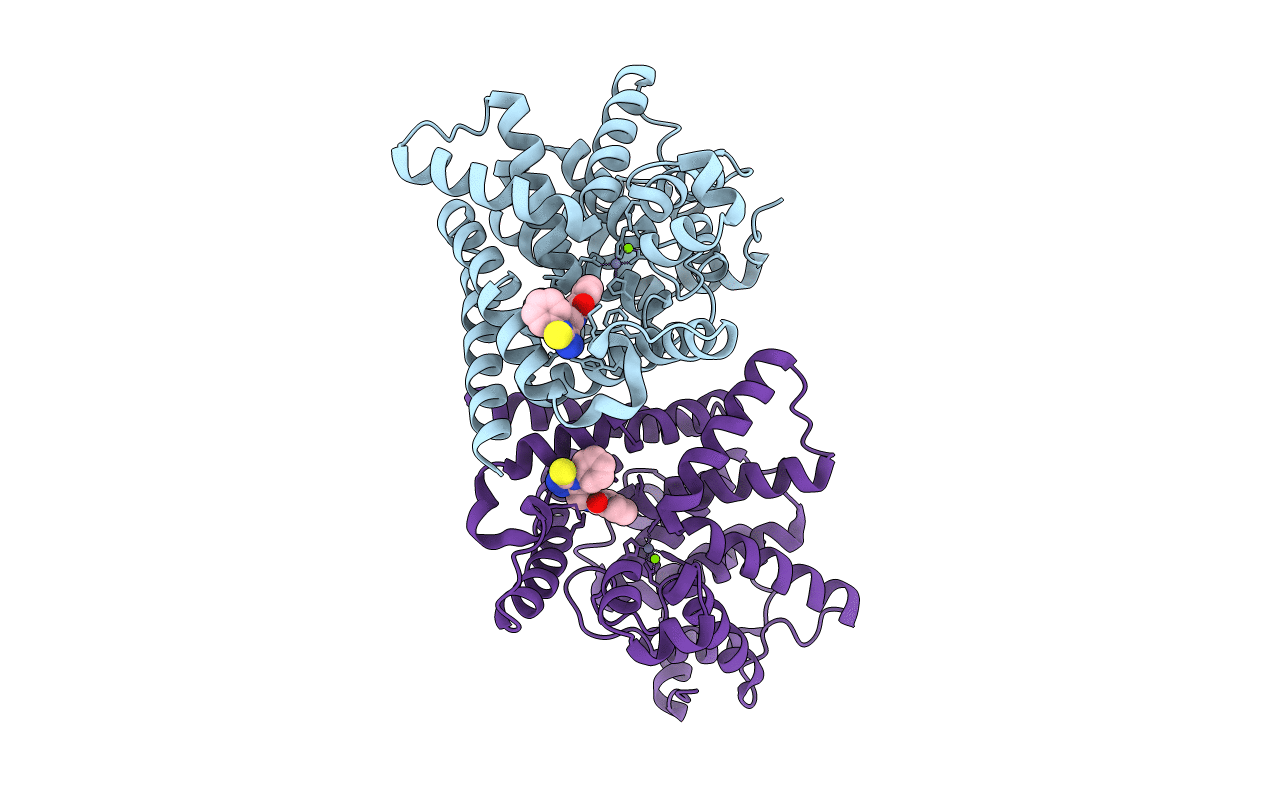
Deposition Date
2018-10-10
Release Date
2019-04-10
Last Version Date
2023-11-22
Entry Detail
PDB ID:
6IJH
Keywords:
Title:
Crystal structure of PDE10 in complex with inhibitor AF-399/14387019
Biological Source:
Source Organism:
Homo sapiens (Taxon ID: 9606)
Host Organism:
Method Details:
Experimental Method:
Resolution:
2.60 Å
R-Value Free:
0.31
R-Value Work:
0.24
R-Value Observed:
0.24
Space Group:
P 21 21 21


